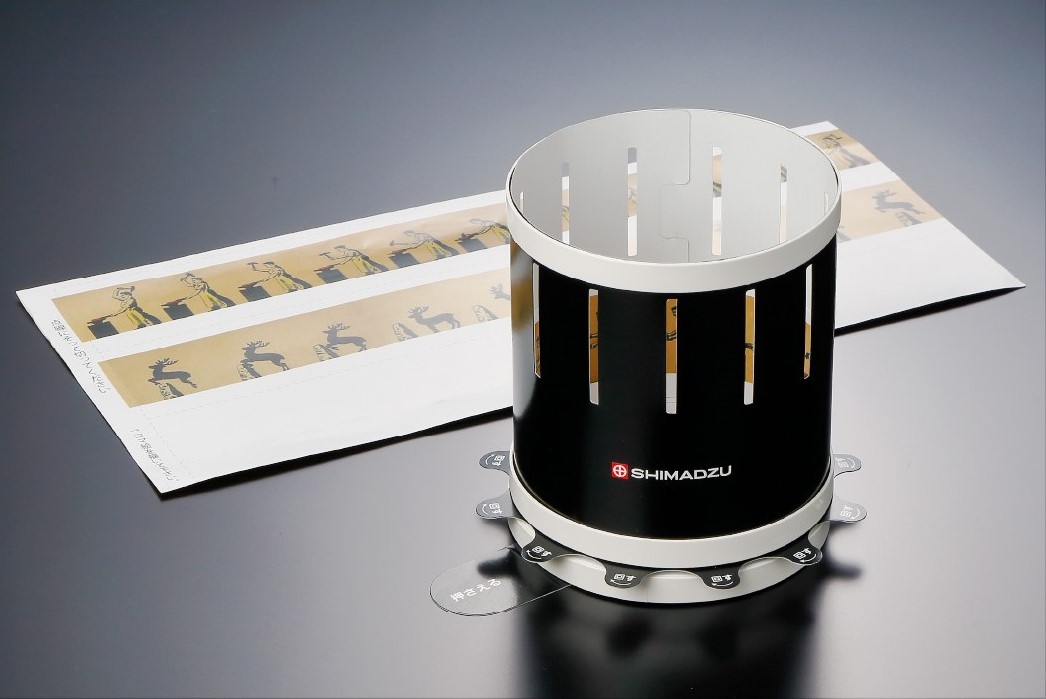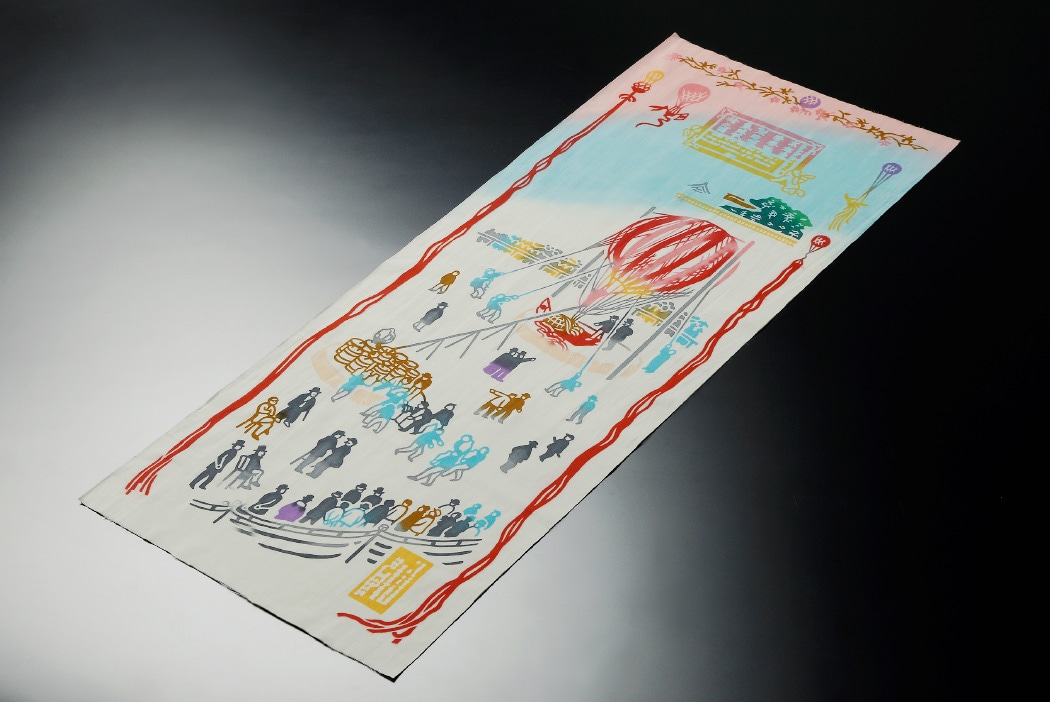Shimadzu Foundation Memorial Museum Participated in Events on the Themes of Science and Architecture
Shimadzu Foundation Memorial Museum (hereinafter, Foundation Memorial Museum) collects and exhibits historical documents and equipment related to business activities at Shimadzu. These include physics and chemistry instruments dating from the founding of the company in 1875 as well as Shimadzu’s early medical X-ray systems. In addition to responding to visitors, it is actively involved in other activities such as participation in events related to Kyoto and science.
Kyoto Modern Architecture Festival
Foundation Memorial Museum participated in the 2023 Kyoto Modern Architecture Festival held in November of last year. This collaborative event by Kyoto City and various private organizations was first held in 2022 as a project to commemorate the relocation of the Agency for Cultural Affairs to Kyoto City. The aim of the festival is to convey a renewed sense of the charms of Kyoto.
During the four-day period, the museum received approximately 1,900 visitors. In addition to learning about the history of Shimadzu, they toured the living room of Genzo Shimadzu Sr. our founder, which was specially opened for this occasion, as well as various science experiments.

In the Experiment Area, Explaining the Mechanisms behind Traditional Animation
Kahakuren Science Festival
In February of this year, the museum exhibited a booth at the 18th annual Kahakuren*1 Science Festival, convened at the Kyoto Municipal Science Center for Youth and the Miyako Ecology Center. They hosted “Let’s Make Trick Art with a Cylindrical Mirror” a collaborative project with the Tsukuru Manabu Kyoto Machiya Science Museum, an initiative to promote STEAM education.
- *1: Kahakuren is a network of science museums and other facilities in Kyoto to raise children who like science.
After giving participants a chance to try out Shimadzu tools for science experiments and introducing them to the development of Japan’s first medical X-ray systems, a workshop was held using a cylindrical mirror, which is an experimental device for studying reflections. The participants, who learned about the history of mirrors and where they are used, created cylindrical mirrors by sticking a reflective wrap to a paper tube, and then drew trick art on graph paper. Illustrations that appeared distorted when viewed directly became snowmen and fish when looked at using the cylindrical mirror.
Creations by the Participants
Comments from the participants include the following: “In addition to conducting experiments and making handicrafts, learning about their greater meaning was a great experience both for the children and parents.” “I want to challenge myself with other trick art.” The same workshop was also held at the Keihanna Hands-On Science Festival 2024 held on March 2, which provided hands-on opportunities to create things through science.
Touring Foundation Memorial Museum
At present, the museum is open to visitors by appointment (3 business days in advance). For details, check its website.
At the museum, hands-on science experiment goods and Shimadzu’s history-related items can be purchased.

Newton’s Seven-Color Top and Benham’s Top

Japanese Towel Showing “Illustration of Balloon Test”*2
- *2: In 1877, Genzo Shimadzu Sr. succeeded in a manned balloon flight, the first such civilian flight in Japan. “Illustration of Balloon Test” is a woodcut from the time by Kubota Beisen, who recorded this balloon flight.
Comment from the Person in Charge
At the Kyoto Modern Architecture Festival, I was surprised to see many visitors with an interest in learning that we have a Japanese-style room, old thick-beam construction on the second floor, and stained glass on the first floor. So it was a good opportunity for people to learn about Shimadzu from their interest in buildings. In addition, it seems that by providing opportunities to make things using science, people learned that even everyday items can lead to interesting discoveries when the shape of the items is distorted or they are viewed from a different angle, thereby sparking an interest in the wonders of science. We will continue to provide a place for people to hear about relations between familiar objects and machines, and to gain hands-on experience making things using science.
 Page Title and URL Copied.
Page Title and URL Copied.


